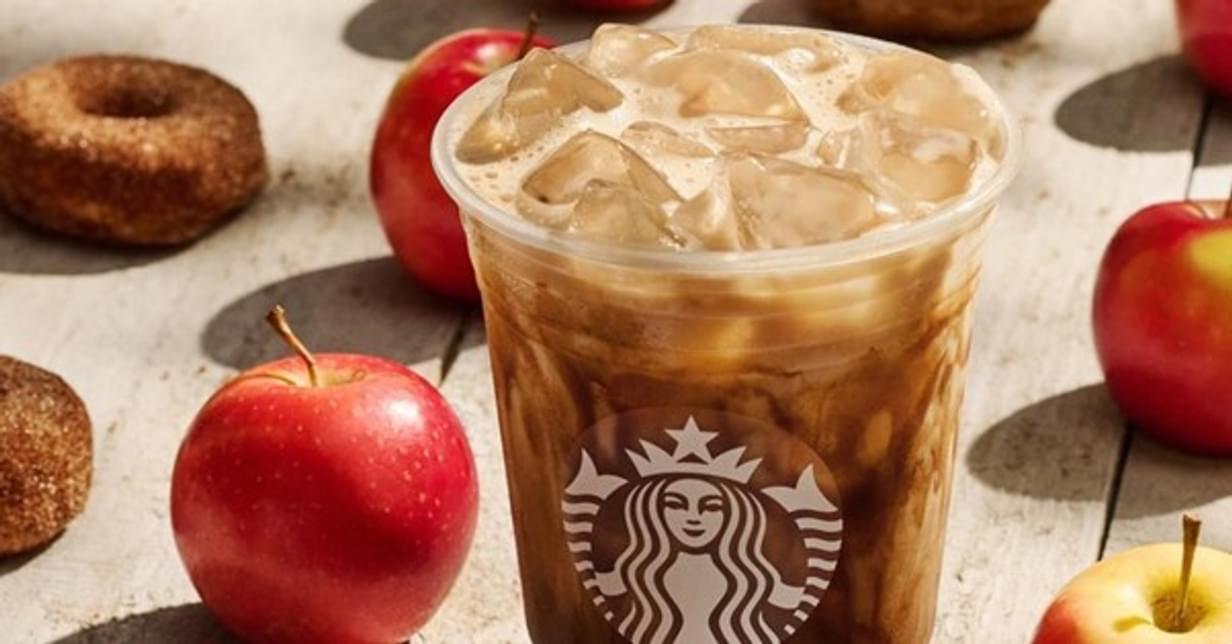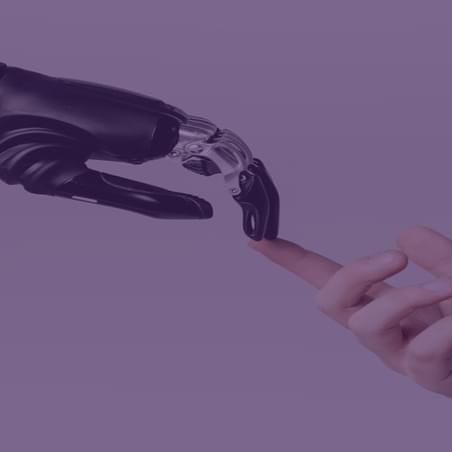Insights

05 Feb, 2024
Five Products: Tempting Shoppers Back to Plant-Based
Read MoreIn the fast-moving world of consumer research and brand strategy, understanding how audiences perceive and assess value has become a linchpin. This challenge is heightened as consumers grapple with economic pressures and seek not just products, but deeper connection with brands. Decoding value may seem simple – a matter of price tags. But is that all?
While value may seem like a straightforward concept based on price alone, behavioral science offers insights into the dynamics of purchasing decisions. People don’t merely fixate on price; they view value relative to multiple factors. Even the most price-conscious consumers don’t always opt for the cheapest option. But what lies beneath those choices? Enter ‘mental accounting’, a model of consumer behaviour that unveils how we compartmentalise our money into different imaginary pots based on the source of money or its intended use.
"People don’t merely fixate on price; they view value relative to multiple factors."
Imagine receiving a £50 gift voucher for your birthday. Would it feel right to spend that money on your weekly groceries, or would you rather designate it as “special treat money” to indulge in something like champagne and chocolates? Even though there is nothing inherently different about this gifted money compared to what you’ve earned, it feels more deserving of a special use.
The process of mental accounting significantly influences purchasing decisions. Price-sensitive consumers, for instance, might allocate a specific mental account for premium food items or branded personal care products. For some product categories, they will prioritise factors like product quality, trust in the brand, or perceived long-term benefits over immediate cost savings.
Now, what does this mean for brands? Let’s consider Generation Z as a prime target audience.
Expected to surpass Millennials as the biggest consumer cohort in 2026, Gen Z’s perception of value and mental accounting is intriguing. Known for their savvy approach to spending amidst economic uncertainties, they are tempted by hacks and product dupes. However, they are not prepared to compromise on quality or their deeply held values. They’re likely to reserve mental accounts for brands that align with their ethical stance, support mental health, embrace inclusivity, champion sustainability, and exhibit social responsibility. These brands become an extension of their self-identity and a means of expression.
Known for their savvy approach to spending amidst economic uncertainties, they are tempted by hacks and product dupes.
In this context, we present three guiding principles informed by behavioural science evidence that brands should consider when formulating their strategies to appeal to Gen Z consumers.
Behaving consistently with our values is akin to resolving cognitive dissonance, a phenomenon studied in behavioural science. Gen Z consumers, guided by their authenticity radar, seek brands that align seamlessly with their values. This harmony mirrors the reduction of cognitive dissonance, where individuals strive to align their beliefs with actions. To resonate with this audience, brands should employ strategies grounded in behavioural consistency.
Gen Z consumers are highly discerning and have a keen eye for authenticity. With a tendency to view overly polished and seemingly perfect ads as ‘false’ or ‘inauthentic’, they probe deeper than the surface-level product offerings. They evaluate a brand’s ethos, its engagement with current trends, and its genuine commitment to social causes.
The key to resonating with these consumers lies in upholding consistency across a brand’s ethos, its products, and even its packaging. For example, Gen Z are more likely to choose drinks that come in eco-friendly materials and show commitment to reducing their carbon footprint. When a product’s design and packaging mirror its brand’s values and promises, it significantly bolsters authenticity. This, in turn, cultivates trust and fosters a deeper connection with the consumer.
Unilever-owned Ben & Jerry's is a prime example of how brand authenticity can resonate with the Gen Z generation. Their dedication to sourcing fair-trade ingredients, supporting local communities, and actively advocating for social and environmental justice aligns closely with the values of Gen Z.
The brand's packaging, featuring eye-catching and playful, is a platform to advocate for social and environmental causes. They print messages, facts, and calls to action on their ice cream containers, addressing issues like climate change, racial justice, and fair trade. This transparency and willingness to use their packaging as a vehicle for meaningful messages reinforce their authenticity as a brand genuinely dedicated to social and environmental justice, resonating with consumers who seek more than just a tasty treat but also a connection with a socially conscious company.
Gen Z's desire to create, not just consume, can be thought of through the lens of the IKEA effect, a well-documented psychological phenomenon. The IKEA effect suggests that people tend to place a higher value on products or experiences they've had a hand in creating. Brands can leverage this effect by involving consumers in the creative process, allowing them to co-create elements of their brand experience.
Much like assembling furniture from IKEA, where the act of building the product enhances its perceived value, brands can encourage Gen Z to actively participate in crafting their product experiences. Strategies such as co-creation, user-generated content, or crowdsourcing ideas tap into the IKEA effect, making consumers feel a sense of ownership and pride in the experiences they help shape. This approach not only fosters engagement but also deepens the emotional connection between the brand and its audience.
A leading example of a brand successfully engaging consumers is Chipotle. Esteemed as a TikTok powerhouse in the food industry, Chipotle has adeptly woven branded challenges, amplified by Gen Z influencers, into their marketing mix. One standout campaign was their #GuacDance initiative, which encouraged avocado lovers to share their dance moves as a tribute to the beloved fruit. This inventive, interactive campaign effectively engaged audiences and yielded record-breaking results.
Strategies such as co-creation, user-generated content, or crowdsourcing ideas tap into the IKEA effect, making consumers feel a sense of ownership and pride.
By harnessing the IKEA effect, brands can empower Gen Z to become active participants in the creative process, resulting in a stronger bond and a more meaningful brand experience.
Gen Z's penchant for novelty and change can be tied to the concept of ‘loss aversion’, a fundamental principle in behavioural science. Loss aversion suggests that people tend to strongly prefer avoiding losses over acquiring equivalent gains. This explains why Gen Z consumers are more likely to be drawn to new products and experiences if they perceive that not trying them would result in a loss or missed opportunity.
Brands can leverage this concept by framing their innovative offerings as something Gen Z might miss out on if they don't try them. Highlighting the unique features, benefits, or experiences that set these products apart and emphasising what they stand to lose by not engaging with the brand can be a powerful motivator.
Additionally, brands can create a sense of urgency by using limited time offers or exclusivity, tapping into Gen Z's aversion to missing out. This approach encourages them to be more experimental and adventurous in their sensory experiences and product choices.
Gen Z’s love for ice cold beverages has led Starbucks to continually innovate its product line by adding new and often limited-edition cold drinks that often go viral on social media. The Pink Drink
anyone? Some of them perform so well that they end up being bottled and sold in stores. They also offer local and seasonal specialties to shake up the menu and create hype around limited products. Oleato Iced Shaken Espresso
available in selected markets offers a new experience using the new coffee infused with extra virgin olive oil. For those who fancy an autumnal beverage but are not fans of pumpkin, there’s Iced Apple Crisp Oat Milk Shaken Espresso.

By leveraging loss aversion, brands can effectively drive interest and adoption of products and experiences among Gen Z consumers, as they are compelled to avoid missing out on valuable opportunities to try new and limited-edition products.
As brands navigate the competitive terrain of consumer perception of value and wrestle with the ever-increasing cost of living, understanding the dynamics of human behaviour and decision-making becomes paramount. It's not just about offering a product; it's about delivering value that justifies its place in the consumer’s mental ledger. In this ongoing battle with private labels and economic pressures, those who master the art of aligning with identities and fostering genuine connections will emerge as the champions of consumer loyalty.
Insights

05 Feb, 2024
Five Products: Tempting Shoppers Back to Plant-Based
Read MoreNews

30 Jan, 2024
New Year, New Sensory Frontiers.
Read More
24 Jan, 2024
A great big cookie hug: AI-powered consumer closeness and diagnostic power
Read More
19 Jan, 2024
‘Peak consumption’ and other expected impacts from 2024.
Read MoreInsights

19 Jan, 2024
What brands should know. AI’s distillation of 2024 trends reporting.
Read More
07 Jan, 2024
Our Roadmap for Fostering Effective Partnerships in the Age of AI
Read MoreInsights

04 Dec, 2023
Five Products: Festive-Inspired Products Making Waves This Holiday Season
Read More
01 Dec, 2023
This is us; this is our AI
Read MoreNews

20 Nov, 2023
NEWS RELEASE: MMR Research Leads the Sensory Revolution with AI-Enhanced Sensory Panels
Read MoreNews

17 Nov, 2023
AI-fuelled Sensory: Driving agility through AI technologies
Read MoreNews

14 Nov, 2023
NEWS RELEASE: MMR Research Welcomes Former Kantar Expert to Amplify Chatbot-Led Innovation for Deeper Consumer Engagement
Read MoreInsights

31 Oct, 2023
Consumer-packaged entertainment! Ways to capture Gen Z hearts and minds.
Read More